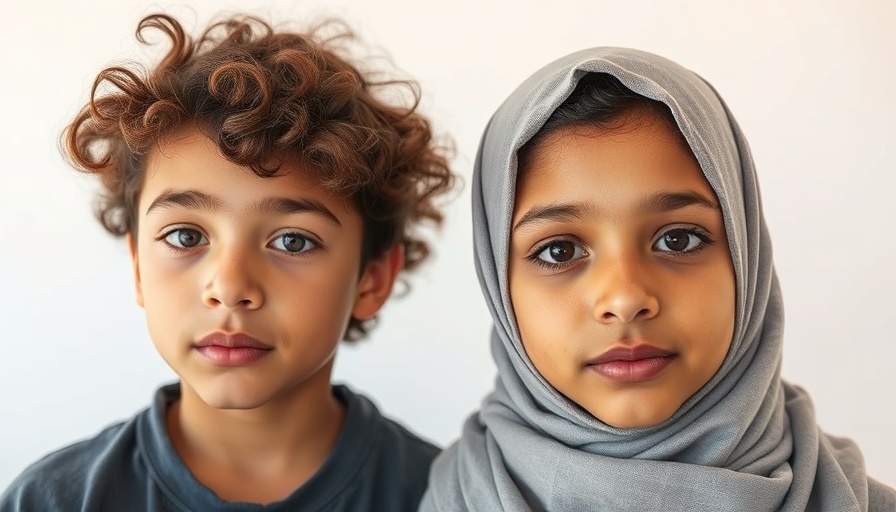
A Disturbing Trend: Missing Children in North Dakota
A mysterious and tragic pattern is unfolding in North Dakota, where eleven children have reportedly gone missing since July 29. This alarming headline has captured the attention of many residents and advocates as they grapple with the unsettling reality of youth disappearances in their communities.
How Many Are Missing and Who Are They?
The missing children range from ages as young as 3 to 19, with four teenagers aged 16. The most recent disappearances involved a 3-year-old, two 16-year-olds, and a 15-year-old, all last seen on August 13. This troubling list began with 14-year-old Dashira Chapple, who vanished from Fargo on July 29, igniting concern across the region.
Voices from the Community
Community responses have highlighted the anguish of families seeking their missing children. A collective outcry for action resonates strongly as parents share their fears. Local authorities urge citizens to stay vigilant and report any information that could aid in the search. Debates around the root causes—including issues of runaways and child safety—are leading to calls for deeper discussions on the societal factors at play. The haunting thought of these children in peril begs the question: what can be done to protect vulnerable youth?
Wider Implications and Future Concerns
The disappearance of children is not just a local issue; it reflects systemic challenges in child safety, mental health, and community engagement. Each case has unique circumstances, but the underlying theme remains constant: we must address the causes of youth running away or becoming endangered. Future prevention strategies could involve community programs enhancing mental health support for teens or initiatives encouraging open dialogues between parents and children about their struggles.
Call to Action: Community Involvement is Key
In the wake of these incidents, it’s imperative for community members to engage actively. Awareness and proactive measures can pave the way for safer environments where children can thrive without fear. Consider how you can contribute to the safety cycle: volunteer with local youth programs, promote mental health awareness, or simply start conversations within your community about supporting families at risk. Together, we can create a culture that prioritizes the well-being of our youth.
 Add Row
Add Row  Add
Add 



Write A Comment